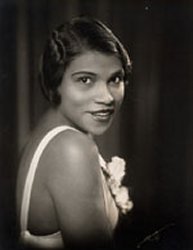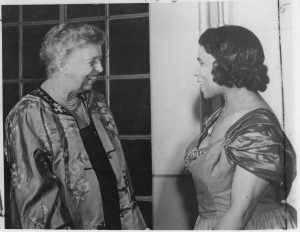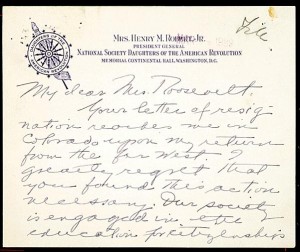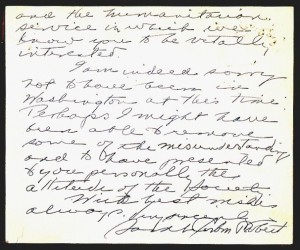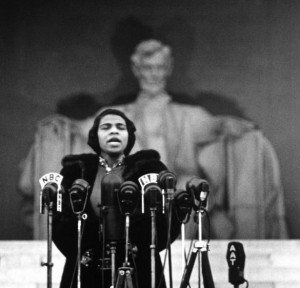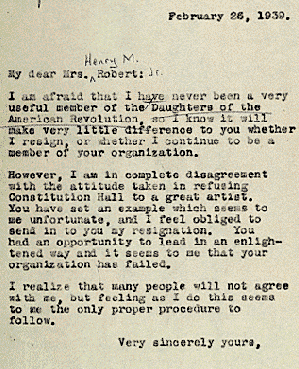
Good Morning POU!
This year, 2014, marks the 75th Anniversary of Marian Anderson’s legendary performance before a capacity crowd at the Lincoln Memorial. As we go into the last week of Black Music Month, we will celebrate historic and culturally important moments in Black Music. Concerts and music festivals that were transforming will be the topic this week.
“Yours is a voice such as one hears only once in a hundred years.” Those were the words spoken by Arturo Toscanini, one of the world’s leading conductors, after hearing Marian Anderson sing for the first time – in Austria in the late 1930s. Her exquisite contralto and extraordinary range stunned him as it did audiences throughout Europe and the Soviet Union. Despite her huge talent, for decades Anderson was denied the right to perform in “white-only” venues in the United States, the country of her birth.
Her roots were in the choir of the Union Baptist Church in Philadelphia’s poverty-stricken “Negro quarter.” Despite the destitute situation of many of its members, the church’s congregation raised money for Anderson’s singing lessons, believing that her voice was a gift from God to the whole world. In the 1920s, she toured in the black community with a repertoire of spirituals that touched the struggles of black people. Entrenched, institutional racism forced Anderson onto “colored” railway cars and left her singing in a nearly empty house at New York City’s Town Hall.
Even winning a New York Philharmonic competition in 1925 and singing before a crowd of 7,500 did not alter the reality that advanced training was impossible for a black woman in the United States. So in 1927, Anderson left for Europe to study and perform in an air of artistic freedom.
It was years before Anderson returned to the United States, and this time audiences throughout the North embraced her. “One of the great singers of our time,” said the New York Times. However, with “white performers only” policies still in place in the South, in 1936, Anderson was turned away from Washington, D.C.’s Constitution Hall, a venue owned by the Daughters of the American Revolution. Outraged, first lady Eleanor Roosevelt invited Anderson to perform in the White House, the first African-American to do so.
Three years later, the DAR turned Anderson away again, refusing to make an exception despite her growing fame.
In a dramatic and celebrated act of conscience, Eleanor Roosevelt resigned from the Daughters of the American Revolution (DAR) when it barred the world-renowned singer Marian Anderson, an African American, from performing at its Constitution Hall in Washington, DC.
The DAR had adopted a rule excluding African-American artists from the Constitution Hall stage in 1932 following protests over “mixed seating,” blacks and whites seated together, at concerts of black artists. Below is the 2-page letter from Mrs. Henry M. Robert, Jr., president general of the DAR, responding to Mrs. Roosevelt’s resignation.
Following this well-publicized controversy, the federal government invited Anderson to sing at a public recital on the steps of the Lincoln Memorial. On Easter Sunday, April 9, 1939, some 75,000 people came to hear the free recital. The incident put both the artist and the issue of racial discrimination in the national spotlight.
A young girl remembered by Walter White of the NAACP: “Tears streamed down the girl’s face….Life, which had been none too easy for her, held out greater hope because one who was also colored and who, like herself had known poverty, privation, and prejudice, had…gone a long way toward conquering bigotry. If Marian Anderson could do it, the girl’s eye seemed to say, then I can, too.”


